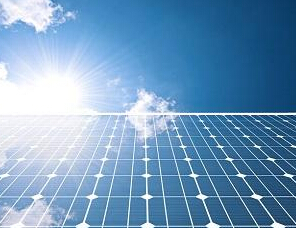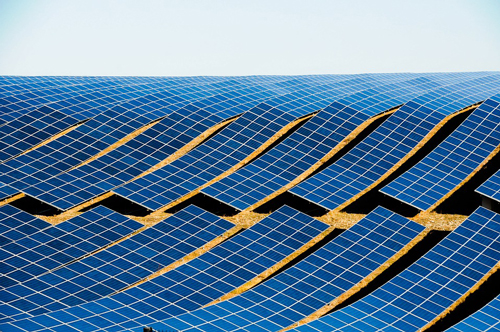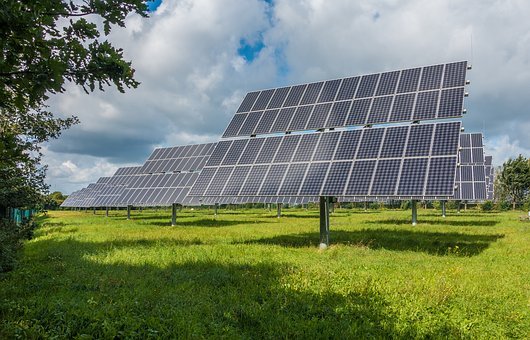2020 is the last year of domestic subsidies. For power station investors, how to truly achieve affordable access is an urgent issue that requires serious consideration.
Component price should be one of the most direct factors affecting the cost of electricity. The Secretary General of the China Photovoltaic Industry Association Wang Bohua had expected that the cost of photovoltaic modules could be reduced to 1 yuan / watt by 2022. However, the component prices of some projects in the domestic market have fallen below the 1.5 yuan / watt mark recently, approaching the 1.0 yuan era.
The price of the component side "combat" puts pressure on the entire photovoltaic manufacturing industry chain, and the upstream silicon wafer, battery and material equipment supply chain are also in a state of high price pressure.
It is understood that the main auxiliary materials of components have fallen in popularity since this year. For example, the price of packaging film has dropped by 5%. The decline in prices squeezes the profits of the entire industry chain, and some companies have even been in a state of continuous loss.

It is understood that South Africa is one of the cheapest parts in the world, and the market is more inclined to accept low-quality "dumping" products. However, like other low-cost component dumping markets, South Africa's photovoltaic power plants usually "steadily operate" three or four years later. When the power plant assets need to be traded, quality problems begin to be exposed, which also triggers a series of rash events.
Obviously, the quality of modules is limited by the quality of the materials used. The recent DuPont Global PV Reliability Report 2020 has tracked the failure of materials and their impact on module performance.
The "Report" pointed out that after testing and analyzing nearly 3GW of photovoltaic systems and 9 million modules worldwide, it was found that compared with 2019 data, the overall failure rate of the components in the 2020 report reached 30%, of which the backplane failure rate accounted for 16 %, And the cracking rate of the outer layer of the PVDF backsheet is particularly noticeable.
















 RCCN WeChat QrCode
RCCN WeChat QrCode Mobile WebSite
Mobile WebSite




